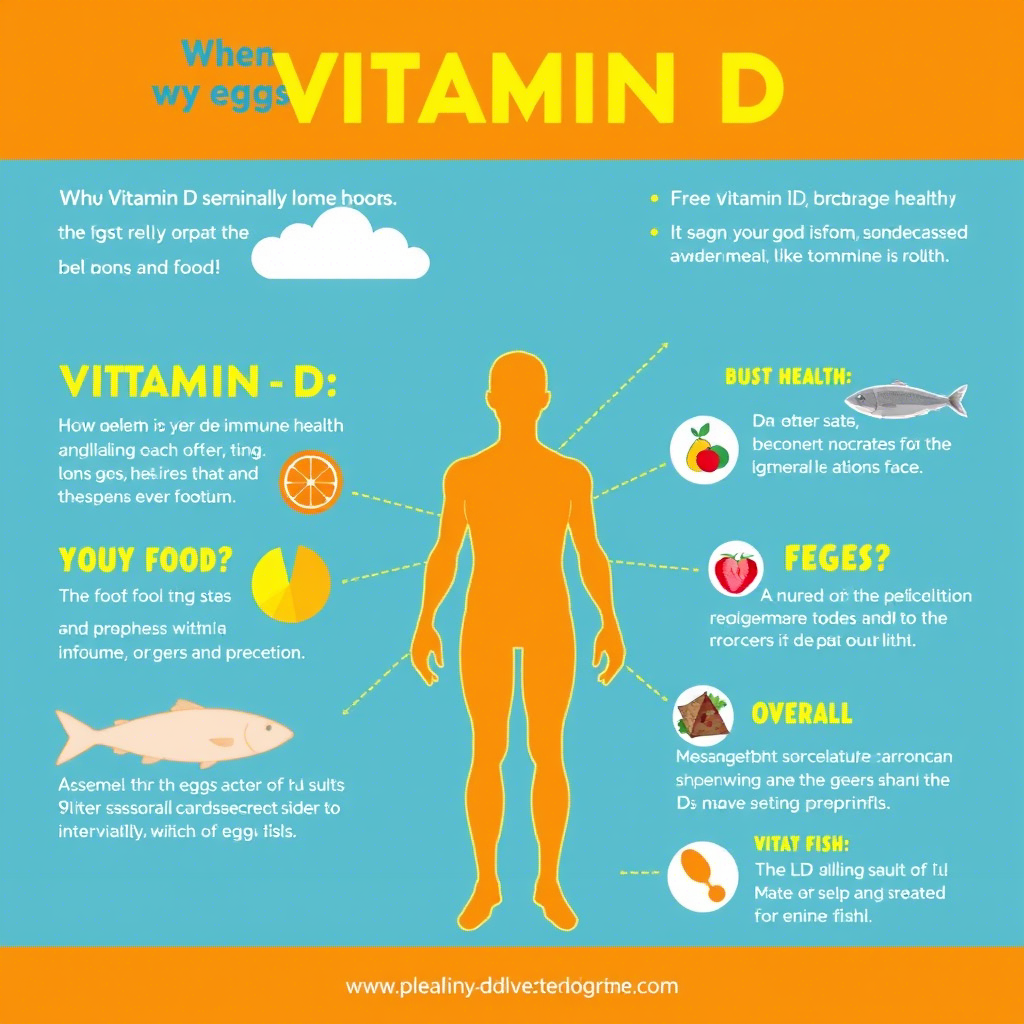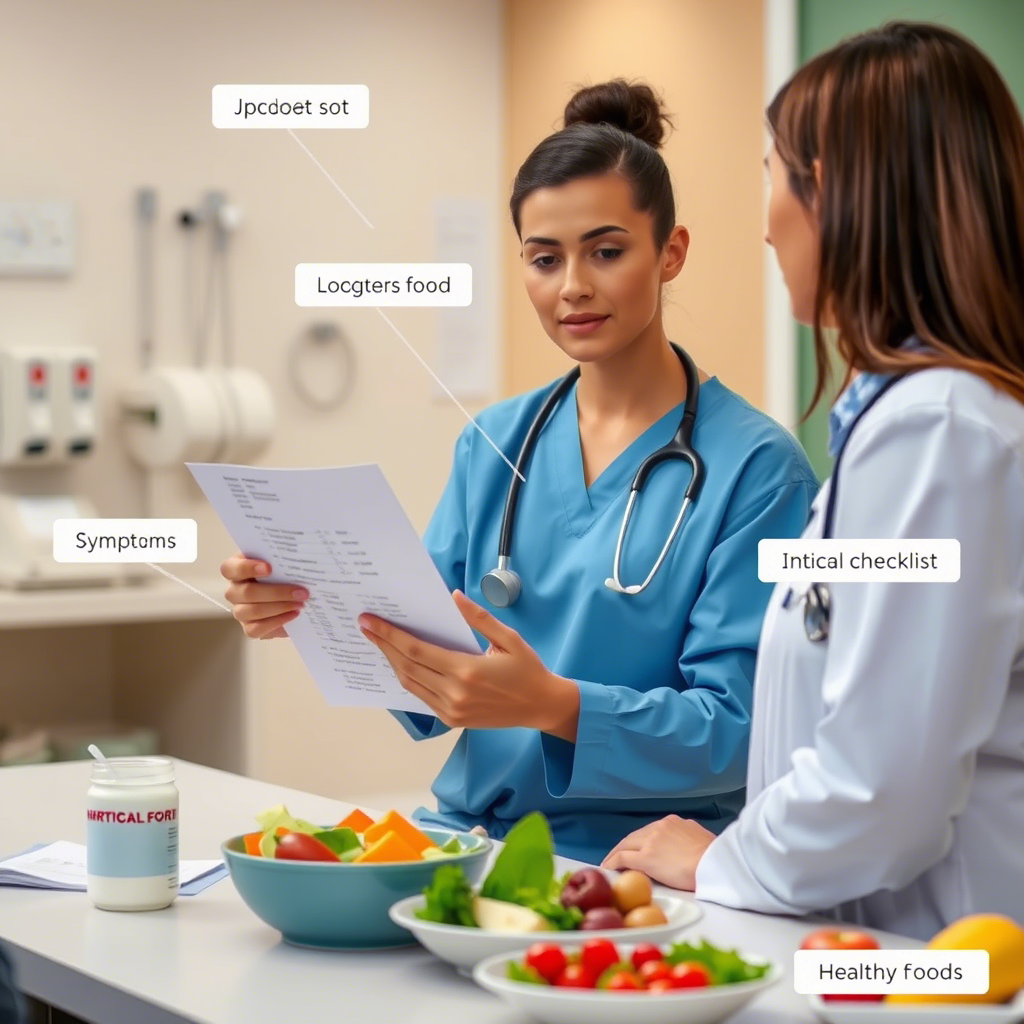Vitamin D, often dubbed the “sunshine vitamin,” is more than just a nutrient—it’s a hormone critical to nearly every system in your body. From strengthening bones to bolstering immunity, its roles are vast. Yet, despite its importance, vitamin D deficiency affects over 1 billion people globally, making it one of the most common nutritional shortfalls. What’s worse? Many suffer silently, unaware that fatigue, frequent illnesses, or mood swings could be linked to low vitamin D. This article shines a light on this stealthy deficiency, exploring its causes, consequences, and actionable solutions to help you reclaim your vitality.
Read Also: Insulin Resistance
1. Understanding Vitamin D: More Than Just a Vitamin
The Sunshine Hormone
Vitamin D is unique because your body can produce it when sunlight hits your skin. Unlike other vitamins, it functions like a hormone, regulating over 1,000 genes involved in immune function, cell growth, and inflammation.
The Two Forms of this
- D2 (Ergocalciferol): Found in plant-based foods like mushrooms and fortified products.
- D3 (Cholecalciferol): Sourced from animal products (fatty fish, egg yolks) and synthesized by the skin in sunlight. D3 is more effective at raising blood levels.
How it Works
Once synthesized or consumed, vitamin D undergoes transformations in the liver and kidneys to become active. It then binds to receptors in bones, intestines, and immune cells, influencing calcium absorption, bone health, and disease resistance.
2. Why Are We So Deficient? Modern Life’s Perfect Storm
Subheading: Sunlight Deprivation
- Indoor Lifestyles: Office jobs, screen time, and urbanization limit sun exposure.
- Sunscreen Overuse: While crucial for skin cancer prevention, SPF 30 blocks 95% of vitamin D synthesis.
- Geographic Limitations: People living above 37° latitude (e.g., Canada, Northern Europe) get insufficient UVB rays in winter.
Subheading: Dietary Shortfalls
Few foods naturally contain vitamin D. Even “fortified” options (like milk or cereal) often provide minimal amounts. Vegans and vegetarians are at higher risk due to avoiding D3-rich animal products.
Subheading: Biological Factors*
- Skin Pigmentation: Melanin reduces UVB absorption, putting darker-skinned individuals at greater risk.
- Age: Aging skin produces less vitamin D, and kidneys become less efficient at activating it.
- Obesity: Vitamin D is fat-soluble; excess body fat sequesters it, reducing bioavailability.
3. Symptoms and Health Risks: The Hidden Toll of Low Vitamin D
Subheading: Subtle Warning Signs
Deficiency symptoms often masquerade as general fatigue:
- Persistent tiredness or muscle weakness.
- Frequent colds or infections.
- Bone pain or lower back aches.
- Depression or mood swings.
- Hair loss.
Subheading: Long-Term Consequences*
- Osteoporosis & Fractures: Vitamin D is essential for calcium absorption. Chronic deficiency weakens bones, increasing fracture risk.
- Autoimmune Diseases: Low D levels are linked to MS, rheumatoid arthritis, and type 1 diabetes.
- Heart Disease: Deficiency correlates with hypertension, heart attacks, and stroke.
- Cognitive Decline: Emerging research ties low vitamin D to Alzheimer’s and dementia risk.
4. Diagnosis: How to Know If You’re Deficient
: The 25-Hydroxy Test*
A simple blood test measures 25-hydroxyvitamin D, the best indicator of status. Optimal levels are:
- 30–50 ng/mL (75–125 nmol/L): Sufficient.
- <20 ng/mL (<50 nmol/L): Deficient.
Subheading: Who Should Get Tested?*
- People with limited sun exposure.
- Older adults, especially postmenopausal women.
- Individuals with dark skin, obesity, or digestive disorders (e.g., Crohn’s disease).

5. Fixing the Gap: Practical Solutions to Boost Vitamin D
Subheading: Safe Sun Exposure*
Aim for 10–30 minutes of midday sun, 2–3 times weekly, with arms and legs exposed. Skin type matters:
- Fair skin: 10–15 minutes.
- Darker skin: 30 minutes.
Avoid burning, and balance sun safety with synthesis.
Subheading: Dietary Sources*
Incorporate D-rich foods:
- Fatty fish (salmon, mackerel, sardines).
- Cod liver oil (1 tsp = 1,360 IU).
- Fortified milks, juices, or cereals.
- Egg yolks and UV-exposed mushrooms.
Subheading: Supplements—A Necessary Backup*
- Dosage: The RDA is 600–800 IU/day, but deficient adults often need 1,000–5,000 IU daily. Consult a doctor for personalized advice.
- D3 vs. D2: Choose D3 supplements for better absorption.
- Pair with K2: Enhances calcium utilization, reducing artery calcification risks.
Subheading: Special Populations*
- Infants: Breastfed babies need 400 IU/day drops (breast milk lacks sufficient D).
- Pregnant Women: Adequate D supports fetal bone development and reduces preeclampsia risk.
FAQs: Your Vitamin D Questions Answered
Q: Can I get enough vitamin D from diet alone?
A: Unlikely. Even with fortified foods, most people need sunlight or supplements to meet requirements.
Q: Can too much vitamin D be harmful?
A: Yes. Toxicity (hypervitaminosis D) from supplements can cause nausea, kidney damage, or heart issues. Stick to recommended doses unless advised otherwise.
Q: Does vitamin D improve mood?
A: Research links low D to depression. While not a cure, optimizing levels may support mental health.
Q: How long does it take to correct a deficiency?
A: With high-dose supplements (under medical supervision), levels can rise in 8–12 weeks. Maintenance doses follow.
Q: Are tanning beds a good source of vitamin D?
A: No. They emit UVA rays (not UVB) and increase skin cancer risk. Stick to sunlight or supplements.
Conclusion
this deficiency is a silent thief, robbing millions of energy, immunity, and long-term health. Yet, unlike many health challenges, it’s largely preventable and reversible. By embracing sensible sun exposure, upgrading your diet, and supplementing wisely, you can reclaim this vital nutrient’s benefits. Remember, your body thrives on balance—don’t let modern life’s shadows keep you from the sunshine your health deserves.
Final Thought:
As Hippocrates said, “Let food be thy medicine and medicine be thy food.” In the case of vitamin D, let sunlight and smart choices be your daily dose of resilience.



Pingback: Digital Detox - Mental Health Stigma